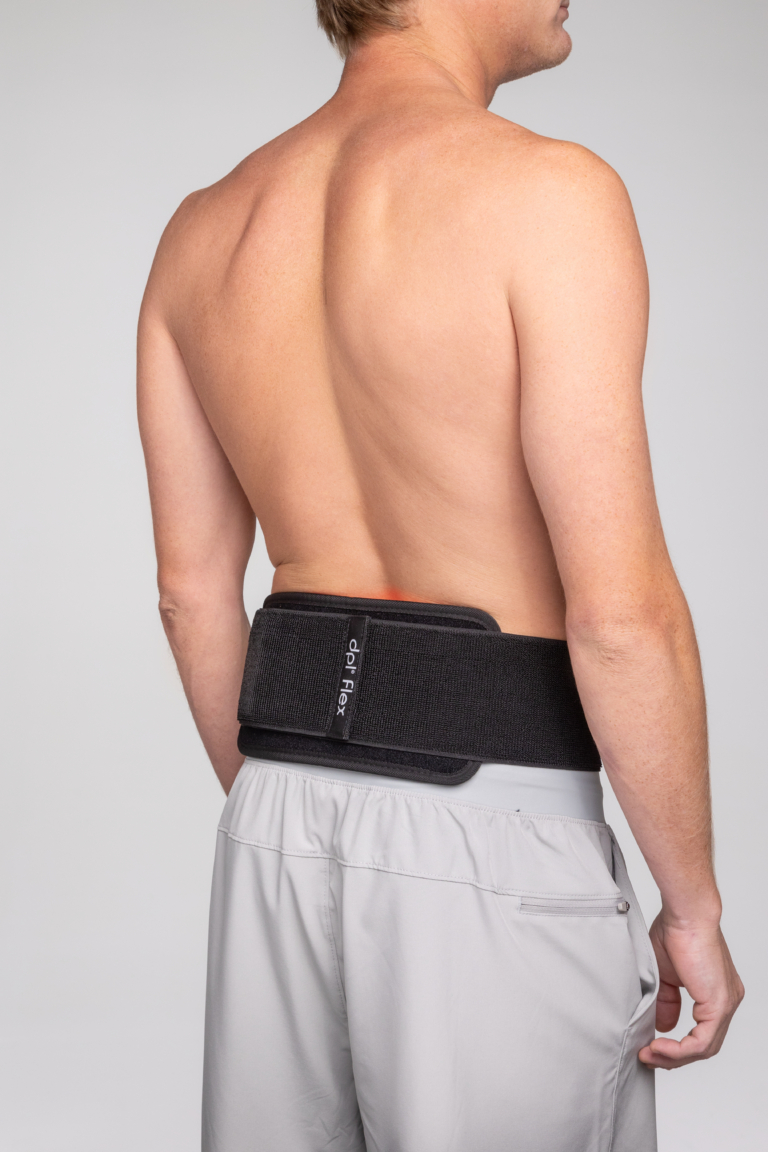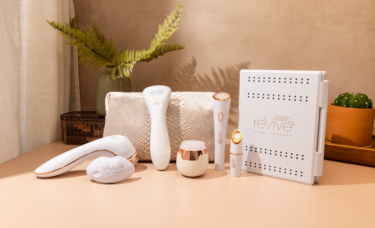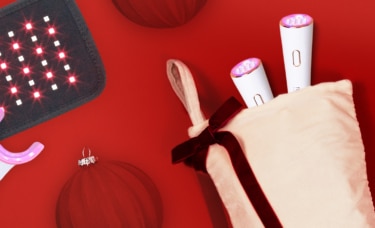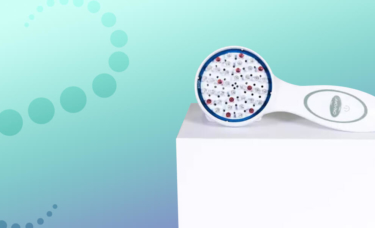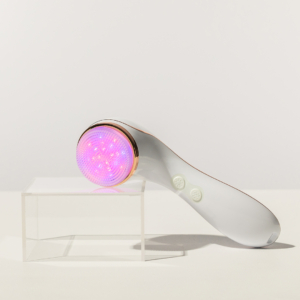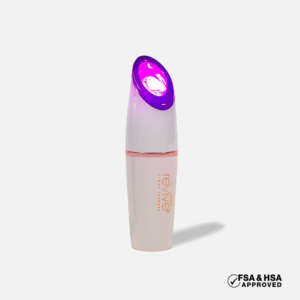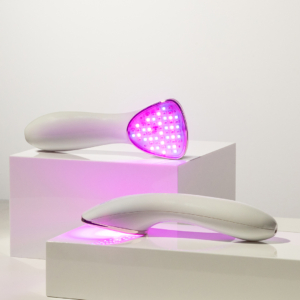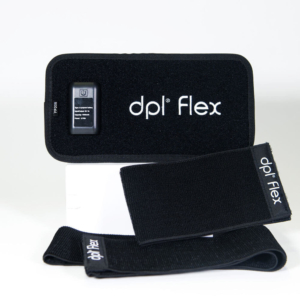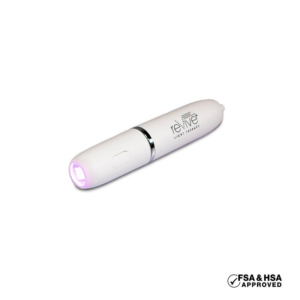Unlocking Relief: Can Light Therapy Soothe Your Lower Back Pain?
Lower back pain is an incredibly common issue, affecting millions of people and often interfering with daily life, work, and well-being. While conventional treatments like medication and physical therapy are mainstays, many seek complementary, non-invasive options. Light therapy, particularly red and near-infrared light therapy, has emerged as a promising, drug-free approach to managing pain and promoting healing. This article explores the science, application, and potential of light therapy for alleviating lower back pain.
Understanding the Burden of Lower Back Pain
Back pain is a widespread problem that most adults will experience at some point. The lower back, or lumbar spine, is a complex structure of vertebrae, discs, ligaments, and muscles. Its role in supporting the upper body makes it vulnerable to injury and strain.
- Common Causes: Discomfort often stems from muscle strains, ligament sprains, bulging or herniated discs, arthritis, and skeletal irregularities.
- Impact on Daily Life: The pain can range from a dull, constant ache to a sudden, sharp sensation, making activities like sitting, standing, and lifting difficult.
- Acute vs. Chronic Pain: Acute pain is short-term, often resulting from an injury. Chronic pain persists for weeks, months, or even years, frequently linked to inflammation and underlying conditions.
- The Search for Better Solutions: The limitations and side effects of some conventional treatments have fueled the search for safe, effective, and non-invasive alternatives that empower individuals to manage their pain and improve their quality of life.
What Is Red Light Therapy?
Red light therapy is a non-invasive treatment that uses specific wavelengths of light to stimulate healing processes within the body. It is also known by other names, such as photobiomodulation (PBM) or low-level light therapy (LLLT).
The fundamental principle involves exposing the body to red and near-infrared (NIR) light, typically within the 600-900 nanometer (nm) range. Unlike ultraviolet light, these wavelengths are safe and do not burn the skin. Instead, they penetrate beneath the skin’s surface to interact with cells, triggering a cascade of beneficial biological responses. Initially popularized for skin treatments, its application has expanded to include pain management, tissue repair, and inflammation reduction.
The Cellular Science: How Light Therapy Reduces Pain
The effectiveness of light therapy is rooted in its ability to influence cellular function, particularly within the mitochondria, the “powerhouses” of our cells.
- Light Absorption: When red and near-infrared light penetrates the skin and reaches the underlying tissues, it is absorbed by photoreceptors in the mitochondria.
- Boosting Cellular Energy: This absorption stimulates the mitochondria to produce more adenosine triphosphate (ATP). ATP is the primary energy currency of all cells.
- Enhanced Cellular Function: With more ATP, cells have more energy to perform their functions, including repairing damage, regenerating, and combating stress.
- Reduced Inflammation: This energy boost helps reduce oxidative stress and lower levels of inflammatory markers in the treated area.
- Improved Circulation: Light therapy promotes the formation of new capillaries, a process called angiogenesis. This improves blood flow, delivering more oxygen and nutrients to damaged tissues while helping to clear away waste products.
By enhancing cellular energy, reducing inflammation, and improving circulation, light therapy supports the body’s natural healing mechanisms, leading to pain relief and tissue repair.
Assessing the Evidence for Light Therapy and Lower Back Pain
The scientific community continues to investigate the full potential of light therapy for lower back pain, and while research is ongoing, the existing evidence is encouraging.
- Current State of Research: Many clinical studies have explored photobiomodulation for musculoskeletal pain, with several showing positive outcomes for pain reduction and improved function in patients with chronic lower back pain.
- Benefits and Limitations: Studies often show that light therapy can significantly reduce pain and disability. However, the effectiveness can vary based on the device’s parameters (wavelength, power), treatment protocol, and the individual’s specific condition. More large-scale, standardized clinical trials are needed to establish definitive treatment guidelines.
- A Safe, Non-Invasive Option: A key advantage highlighted across studies is the therapy’s excellent safety profile. It is a non-invasive treatment with very few reported side effects, making it a viable alternative or complement to other therapies.
- User Experiences: Many users report significant relief from lower back pain, enhanced mobility, and a decreased reliance on pain medications.
A Practical Guide to Using Light Therapy
For those considering light therapy, understanding the different device options and how to use them is crucial for achieving the best results.
Device Options: At-Home vs. Professional Treatments
- Clinical Devices: Equipment used in a professional setting, like a physical therapist’s or chiropractor’s office, is often larger and more powerful, allowing for the treatment of larger areas with higher energy doses.
- At-Home Devices: Personal-use devices have made light therapy more accessible. These range from small handheld wands to flexible pads, wraps, and large panels. While less powerful than clinical units, they offer the convenience and cost-effectiveness of daily treatment at home. For a chronic issue like lower back pain, investing in a home device can be financially beneficial compared to repeated clinic visits.
Choosing the Right At-Home Device
When selecting a device for lower back pain, consider these key features:
- Wavelengths: Look for devices that offer both red light (around 660 nm) for surface-level benefits and near-infrared light (around 850 nm) for deeper penetration to reach muscles, joints, and nerves.
- Power and Irradiance: The device’s power output determines the dose of light energy delivered to your tissues. Higher irradiance means shorter treatment times are needed.
- Size and Coverage: For lower back pain, a flexible pad or a medium-sized panel that can cover the entire affected area is often more effective than a small, targeted device.
- Safety and Quality: Choose devices from reputable brands that are FDA-cleared, which indicates they meet specific safety and quality standards.
Featured Product: dpl® Flex Pad Pain Relief Light Therapy
Our top-recommended device for lower back pain is the dpl® Flex Pad. This innovative light therapy pad offers the following benefits:
- Advanced Dual Wavelength Technology: Combines 660 nm red light and 880 nm near-infrared light for optimal tissue penetration and pain relief.
- Flexible Design: Designed to contour around your lower back for comfortable, targeted treatment.
- Clinical Strength: Provides therapeutic doses of light energy comparable to professional treatments.
- Easy to Use: Just place the charged device over the desired treatment areas, power up the device, and leave the device on the treatment area for 20 minutes.
- FDA-Cleared: Meets safety and efficacy standards for at-home light therapy devices.
How to Apply the dpl® Flex Pad for Best Results
- Placement: Position the device so the light is directed at the primary area of your lower back pain.
- Proximity: The light source should be placed directly on the skin.
- Duration: A single session lasts 20 minutes. Avoid overusing the device, as longer sessions do not necessarily yield better results.
- Consistency: The key to success is consistency. Regular, daily sessions are more effective than sporadic treatments.
The dpl® Flex Pad supports natural healing by boosting cellular energy, reducing inflammation, and improving circulation. It is a convenient and effective choice for anyone seeking drug-free relief from chronic or acute lower back pain.
For more information or to order the dpl® Flex Pad, visit the official product page.
What Customers Say About the dpl® Flex Pad
“I use this product daily and love it! My back is stiff/sore when I wake up so I use this during my morning dog walk (since [it’s] wireless!). It eliminates that early morning stiffness and the warmth feels really good. I also use on the side of my leg, IT band problem, which is hard to do with other products. This flex pad so so versatile and I really feel it helps with pain and stiffness. I highly recommend!” – Michele R.
“My son has suffered from chronic back pain for years. He noticed some relief after the first Flex Pad treatment and even more positive results after a few days. This is the first time in a long time that he has been hopeful that he might be able to resume some normal activities without experiencing debilitating pain.” – CJ M.
“I use this product twice daily, without fail…it has improved the circulation in my back immensely and even helped me recover from a pinched nerve in my neck!” – Nicole W.
Time Commitment: What to Expect from Your Treatment Plan
Light therapy is not a one-time fix; it requires a consistent commitment to see noticeable results.
- Progressive Improvement: The benefits of light therapy accumulate over time. While some people may feel minor relief after a few sessions, significant improvement for chronic lower back pain often requires several weeks of consistent treatment.
- For the dpl® Flex Pad, FDA Clearance is based on one 20-minute treatment per day. For maximum results, you can use the device up to 3 times per day per area. Additional treatment time can be added if needed and as long as there is no adverse reaction or discomfort.
- Individual Variation: The time it takes to see results varies greatly from person to person and depends on factors like the severity of the condition, its underlying cause, and your overall health.
- Integrating with Other Therapies: Light therapy can be effectively integrated with other pain management strategies like stretching, physical therapy, and massage. Always consult a healthcare professional before starting a new treatment to ensure it fits into your overall care plan.
Safety, Risks, and Professional Guidance
Red light therapy is widely considered safe and is generally well-tolerated with minimal side effects.
- Minimal Side Effects: When they do occur, side effects are typically mild and temporary, such as slight skin redness or warmth in the treated area.
- Safety Precautions: Always use the device according to the manufacturer’s guidelines. Avoid staring directly into the LEDs, and do not use the device for longer than the recommended time.
- When to Seek Medical Advice: It is essential to consult with a doctor or physical therapist before beginning light therapy, especially if you are pregnant, have active cancer, or have photosensitivity. They can help determine if it is an appropriate treatment for your specific condition.
Beyond Back Pain: The Broader Benefits of Light Therapy
The cellular mechanisms of light therapy offer benefits that extend beyond pain relief. The therapy’s ability to boost ATP production and collagen synthesis supports overall tissue health.
- Skin and Joint Wellness: Enhanced collagen creation improves skin elasticity and suppleness, helping to diminish the appearance of fine lines.
- Connective Tissue Strength: This same process positively affects the robustness of tendons and aids in the repair of ligaments.
- Accelerated Recovery: Athletes often use red light therapy to speed up muscle recovery, reduce exercise-induced pain, and aid in the healing of sports-related injuries.
- General Tissue Renewal: The therapy supports the body’s ability to repair and renew tissues throughout the body.
Frequently Asked Questions
Is red light therapy the same as using a sauna?
- No. While both use infrared energy, red light therapy uses specific wavelengths of light to create a photochemical effect in cells, whereas saunas use heat to warm the body.
Can I use light therapy too much?
- Yes. More is not necessarily better. Adhering to recommended session times is important, as overuse may diminish the therapy’s effectiveness.
Will it hurt or feel hot?
- You could feel a gentle, soothing warmth during treatment, but it should not be painful or uncomfortably hot.
The Takeaway: A Promising Tool for Your Wellness Toolkit
Light therapy offers a safe, non-invasive, and drug-free method for managing lower back pain by targeting inflammation, improving circulation, and promoting cellular repair at the source. It stands as a powerful therapy that can be integrated into a comprehensive pain management plan.
If you are struggling with lower back pain, consider discussing red light therapy with a healthcare professional and consider a product like the dpl® Flex Pad.
Sources Used
- Chow, R. T., Johnson, M. I., Lopes-Martins, R. A., & Bjordal, J. M. (2009). Efficacy of low-level laser therapy in the management of neck pain: a systematic review and meta-analysis of randomised placebo or active-treatment controlled trials. The Lancet, 374(9705), 1897-1908. https://doi.org/10.1016/S0140-6736(09)61522-1
- Leal Junior, E. C., vanin, A. A., Miranda, E. F., de Carvalho, P. D., Dal Corso, S., & Bjordal, J. M. (2015). Effect of phototherapy (low-level laser therapy and light-emitting diode therapy) on muscular pain: a systematic review and meta-analysis. Lasers in Medical Science, 30(2), 857-866. https://doi.org/10.1007/s10103-014-1669-4
- Clijsen, R., Brunner, A., Barbero, M., Clarys, P., & Taeymans, J. (2017). Effects of low-level laser therapy on pain in patients with musculoskeletal disorders: a systematic review and meta-analysis. European Journal of Physical and Rehabilitation Medicine, 53(4), 603-610.
- De Marchi, T., De Marchi, A., dos Santos, M. R., & Borges, J. D. (2020). Photobiomodulation therapy and its effects on pain and inflammation in musculoskeletal conditions: a review. Journal of Inflammation Research, 13, 845-856. https://doi.org/10.2147/JIR.S270504
- Hamblin, M. R. (2017). Mechanisms and applications of the anti-inflammatory effects of photobiomodulation. AIMS Biophysics, 4(3), 337-361. https://doi.org/10.3934/biophy.2017.3.337
- LED Technologies. dpl® Flex Pad Pain Relief Light Therapy. Official product page. Accessed 2024. https://ledtechnologies.com/product/dpl-flex-pad-pain-relief-light-therapy/
- National Center for Complementary and Integrative Health (NCCIH). Low-Level Laser Therapy: What You Need To Know. https://www.nccih.nih.gov/health/low-level-laser-therapy-what-you-need-to-know
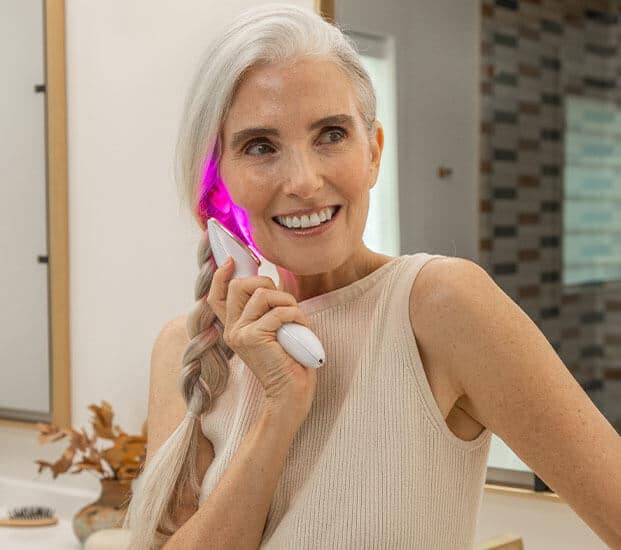
Experience the power of light therapy at home
Specific wavelengths of light have different effects, and can be used for a variety of applications — from destroying acne-causing bacteria to killing harmful germs on your phone. Our light therapy devices allow you to harness the power of LEDs in the comfort of your own home.
See How It Works